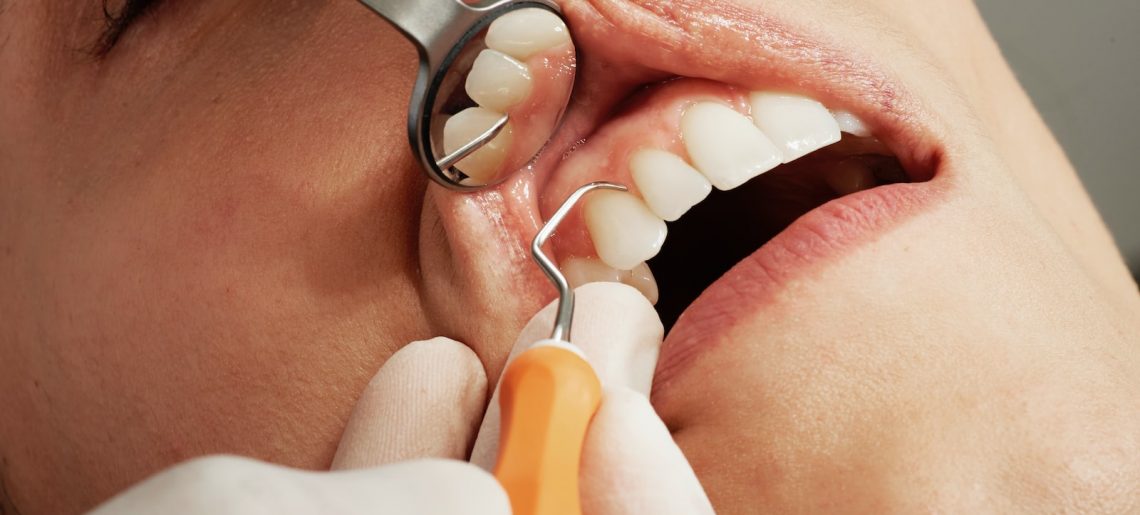Having a family doctor at a medical center is an invaluable asset for any community. Not only can they provide comprehensive care to patients, but their familiarity with the patient’s medical history allows them to effectively diagnose and treat conditions quickly and efficiently.
Furthermore, having a family doctor available within a healthcare setting ensures that individuals have continued access to reliable primary care services. This article will explore the many benefits of having a family physician in attendance at medical centers.
Family doctors play an important role in providing quality healthcare to all members of society. They are able to offer personalized treatment plans tailored specifically to each individual’s needs and preferences; this helps ensure that everyone gets the best possible outcome from their health care experience.
Additionally, as these physicians build relationships with their patients over time, it encourages continuity of care which leads to better long-term outcomes for all involved.
Lastly, regular visits to one’s family doctor help promote preventive health measures, allowing people to take charge of their wellbeing before more serious health issues arise.
Comprehensive Care
Having a family doctor at a medical center offers comprehensive care for the whole family.
This includes preventive advice on health topics such as nutrition and exercise, patient education about preventative measures and disease management, and lifestyle advice to help reduce stress levels.
Health screenings are also provided to detect any potential problems early so treatment can be started quickly.
In addition, doctors have access to numerous resources that enable them to stay up-to-date with the latest advances in medicine.
They are able to provide tailored treatments suitable for each individual’s needs due to their understanding of the unique history and background of all their patients.
With this personalized approach, they strive to ensure every member of the family receives the best possible care.
Moving forward, let us explore how this level of care benefits families.
Personalized Care
Having a family doctor at a medical center offers the advantage of personalized care. Patients have access to preventative medicine, specialized attention and better communication with their medical team.
With ongoing visits to the same physician, patients can benefit from tailored advice that helps them make informed decisions about their health and maintain a healthier lifestyle.
Continuity of care is an important part of primary health care that allows doctors to develop a deeper understanding of each patient’s individual needs over time. Having a family doctor available for regular check-ups facilitates this process, resulting in more comprehensive health assessments and greater trust between patient and provider.
This kind of consistent relationship provides patients with improved engagement in their own wellbeing and overall quality of life.
Continuity Of Care
Having a family doctor at a medical center offers many advantages when it comes to continuity of care. The benefits include:
– Preventive medicine, such as vaccinations and advice on healthy habits, to prevent illness or disease;
– Disease management, including diagnosis and treatment plans tailored to the patient’s individual needs;
– Health monitoring through regular checkups and tests;
– Patient education to help patients understand their condition and how to manage it appropriately;
– Provider communication that allows health professionals like a specialist or therapist to be kept up-to-date with a patient’s progress.
These elements are essential for providing comprehensive healthcare services that can improve overall well-being. With all these aspects addressed, family doctors can ensure patients receive optimal and ongoing care throughout their lifetime.
Moving forward in this discussion about continuity of care is the important topic of coordination of care.
Coordination Of Care
Having a family doctor at the medical center offers many advantages for patients and their families. By having a single point of contact, coordination of care can be improved which leads to cost savings, better access, improved communication and healthier outcomes. Additionally, increased safety is achieved by allowing close follow-up when needed.
Patients benefit from continuity in care as well as knowing that they have established trust with one provider who understands their health history intimately. They are able to more easily schedule timely appointments and get quick answers to questions or concerns if they arise outside of office hours.
These features create convenience and peace of mind for patients looking for quality healthcare services delivered efficiently.
Convenience
Having a family doctor associated with a medical center can be highly beneficial for both the patient and the medical staff.
A primary care physician builds better communication between the two, which can reduce wait times in clinic visits and help avoid duplication of tests and procedures already performed.
Moreover, having access to an individual’s records helps to identify potential health issues before they become more serious or costly.
This allows for preventative healthcare measures such as lifestyle changes and appropriate medication regimens to be implemented sooner rather than later.
By developing long-term relationships over multiple years, there is a level of trust that forms between patients and their doctors.
Furthermore, being able to consult with familiar faces can provide comfort levels that may not otherwise exist when seeing unfamiliar physicians at different practices.
Thus, it becomes easier for both parties to discuss personal topics without hesitation due to pre-existing knowledge of each other’s personalities and backgrounds.
With this type of relationship established, diagnosing illnesses and prescribing treatments can move forward in a much smoother manner.
Transitioning into the subsequent section about trust and comfort therefore makes perfect sense given all these advantages provided by having family doctors linked to medical centers.
Trust And Comfort
Convenience is an important factor when selecting a medical center, but having the same family doctor can offer further benefits. Having a trusting relationship with your family doctor gives you access to more than just physical treatment – they can provide emotional support, proactive advice and custom treatments tailored specifically for you.
Trust and comfort are key elements in any healthcare setting. With a personalized approach towards patient care, patients may be able to reap greater health rewards from preventative care such as:
- Regular check-ins and screenings
- Personalized nutrition plans
- Patient education on lifestyle changes
- Increased knowledge of medications or supplements that could benefit their overall well-being
The importance of trust between patient and physician cannot be overlooked when it comes to providing quality health services. By allowing your doctor to get to know you better, they can provide more individualized care which takes into account both physical and mental aspects of wellbeing.
A strong bond with your family doctor will give them the opportunity to identify potential issues early on rather than waiting until symptoms arise; ultimately leading to improved long term results.
Conclusion
Having a primary care physician at a medical center provides many benefits for patients.
They offer comprehensive, personalized care that can be tailored to the patient’s needs, as well as continuity of care and coordination with specialists.
Furthermore, it is convenient for patients who don’t have to wait long periods of time for appointments or travel great distances in order to receive quality healthcare.
Moreover, having an established relationship with their doctor allows individuals to build trust and comfort over time.
All these factors make having a family doctor at a medical center invaluable for those seeking high-quality healthcare services.










